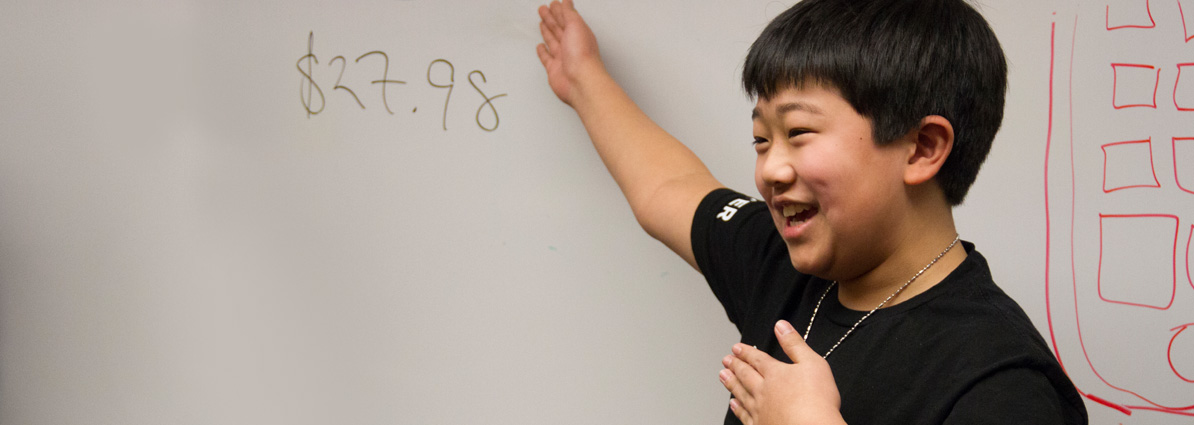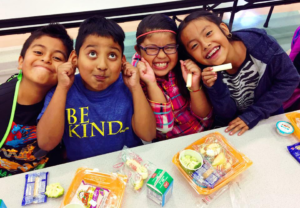In the field of afterschool, we are very interested in how the adolescent brain develops. In fact, one of the reasons After-School All-Stars decided to serve middle school youth is because we feel that surrounding adolescents with a safe and healthy, cognitively challenging, and opportunity-rich environment is a big key to setting their brains up for future success.
Positive Environments + Positive Relationships + Positive Experiences = Positive Youth Development
Youth Development is a positive and proactive approach to prepare youth for adolescence and young adulthood. Integral to long-term success is the single most important element that brings our program to life: our staff who interact as mentors with our youth.
Below are a few brain facts that factor into how we work with our staff and in turn, our students:
- OUR BRAIN IS STILL DEVELOPING UNTIL WE REACH AGE 25. This implies that our amazing young adult staff who work side by side with our students are also in the process of developing and hardwiring their own brains. In training our staff, we model positive youth development principles and strategies like building positive rapport, listening with empathy, and setting healthy boundaries with the knowledge that these are topics that are relevant in their own life as young adults. As they apply these principles, they can authentically share with our students their own personal experiences, challenges, and successes and guide and support our youth to do the same.
- OUR BRAINS CANNOT MULTITASK. The myth of multitasking has dominated our society of distractions for years. We have been fooled into thinking that doing many things at once is the badge of efficiency. The only problem: it’s simply not true. Yes, our brain can switch between two different activities, but it will never be able to give full focus to both at once. The dangers of driving and texting is the most recent proof of our inability to truly multitask. With split attention, one of the tasks will diminish in focus, and therefore, quality. Making students the priority at our sites means that our staff put their full focus on the students they serve. Simple strategies like greeting each student by name as they enter our program, asking students how their day is going, and acknowledging a student’s small efforts reinforces that the students are the priority when we are with them. The gift of our presence counts for more than anything else we have to give.
- OUR ATTENTION SPAN IS 8 SECONDS. Which means that even before you can finish reading this entire sentence your mind will have started to drift to some other thought. In the field of education, that is a scary proposition. Our staff need to be trained to not only grab our students’ attention, but to do something meaningful with it once they have it. By tapping into the passion, curiosity, the new and not-yet-experienced, and the excitement of learning, our students are invited to fully engage in their own learning process. As staff become more skilled at creating the conditions for full focus, they can then turn their attention to acknowledging and celebrating students for giving their undivided attention and effort.
By more deeply understanding the developing brain, we can create curriculum and experiences for students and training and coaching for staff that aligns with how the brain naturally learns. When we understand how our own brain learns, we are empowered to feed and fuel it as we encounter the world and develop into the individuals we desire to become.



